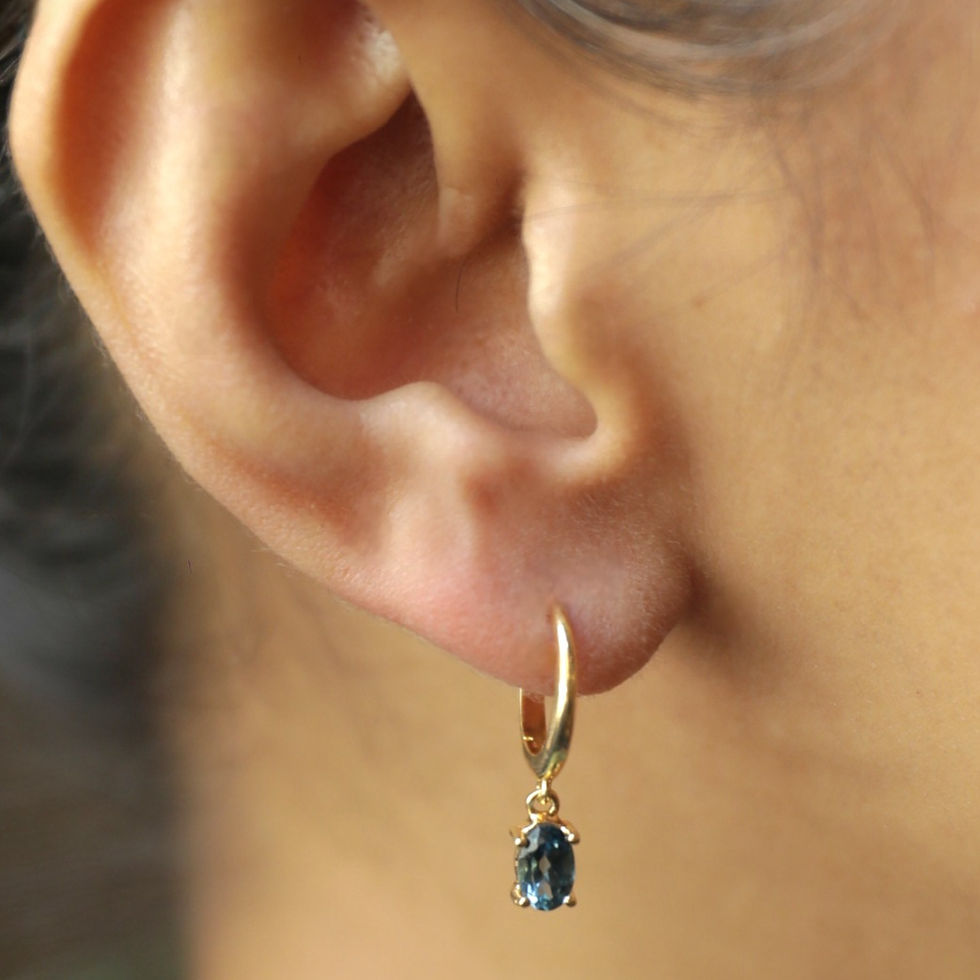Khatvanga Pin
Etymologically the root of the Sanskrit term 'khatvanga', meaning tantric staff or club, derives from the term khatva meaning an Indian cot-bed and 'anga' meaning leg.
In Shivaism the khatvanga is an emblem or weapon of Shiva, and variously described as skull-topped club, a trident-staff on which three skulls are impaled.
In Vajrayana Buddhism the 'khatvanga' essentially represents the inseparable union of great bliss and emptiness. It is also a particular divine attribute of Padmasambhava and endemic to his iconographic representation and depicted as an accoutrement of his divine consorts, Mandarava and Yeshe Tsogyal.
The inner symbolism of the khatvanga symbolizes the unchangeable essence of Heruka, and is described as being ‘continually held’. The main small golden vase of amrita symbolizes the non-conceptual awareness that mind is identified with perfection of wisdom. The ribbon that billows at the bottom represents the various teaching of Buddhist vehicles. The three impaled heads symbolizes the three doors of liberation emptiness of cause, effect and phenomena. The half bajra at the bottom is symbolizes the indistinguishable perfection of the five Buddha wisdoms.
This staff, for me personally is a proof of how religions and cultures are and have been intertwined and are branches of the same tree.

















